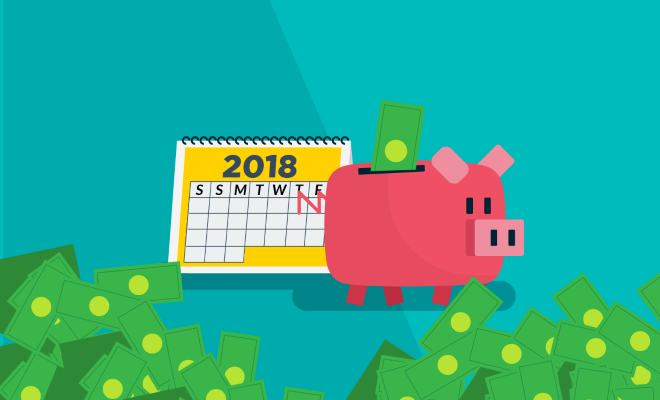
Insights + interviews
How to get your finances in shape in 2018
Various studies and reports in the recent past have recorded an increase of unsecured debt and household debt in Singapore. The government’s intervention through the introduction of the Debt Consolidation Plan (DCP) stands testament to this increasing debt problem.
One learning that we can take away from this is that we need to stop living beyond our means and buck-up our finances for the future.
Use this guide as your financial health tracker and get your finances in shape for 2018.
Make paying off existing debt a priority
The first thing you need to do when getting in shape financially is to focus on yourself and determine what needs the most work. In this case, take a long and hard look at your existing debt, especially unsecured debt because it is the easiest to pay off first. A home loan or a car loan will take you years to clear off and we’re trying to be realistic here. Start with baby steps and focus on your credit card debt, personal loans and overdrafts.
Paying off your existing debt will help reduce your overall debt-to-income ratio and shape-up your credit score.
Focus on essentials instead of extravagance
We all have our cheat days when we hit the gym, apply the same principle here. Every month when you get your salary, make a budget with all the essential expenses you need to cover in the month and set aside a percentage for your extravagant expenses, whether it’s getting a new gadget or indulging in a champagne brunch.
If you can’t live without them, then learn to compromise – it’s not essential to buy that fancy new gadget straightaway. Be patient, save more for a few months, and then buy it on an instalment payment plan at 0% interest.
Think about your retirement savings
When we think of our future, we often leave retirement at the bottom of the list fending for itself.
To better prepare for retirement, consider making voluntary contributions to your CPF Account. You can contribute up to S$37,740 per calendar year into your CPF Account (includes mandatory and voluntary contributions). And don’t forget the interest element – you will earn up to 3.5% p.a. on your CPF Ordinary Account and up to 5% p.a. on your CPF Special Account and Medisave.
Create an emergency fund
If you haven’t already, create a fund to tide you through any emergencies such as a sudden illness or retrenchment.
A good slush fund amount totalling 3 to 6 months’ worth of expenses is ideal. This way, you don’t get caught in a whirlpool of debt, and you can choose to take a break from work should the need arise.
Get an insurance policy for your life and health
Just because you’ve managed to get your finances into shape doesn’t mean your work is done. Your financial health tends to have a ripple effect, engulfing those around you as well. Don’t leave your family fumbling with a financial catastrophe in case of any unfortunate events.
Get an insurance policy that covers your life and medical expenses so that your family is well taken care of in case of any unwelcome situations.
Follow these tips diligently and you’ll soon be on the path towards financial freedom.
By Vipin Kalra, Chief Executive Officer, BankBazaar International. BankBazaar is a leading online marketplace that helps consumers compare and apply for a credit card, personal loan, home loan, car loan and insurance.









